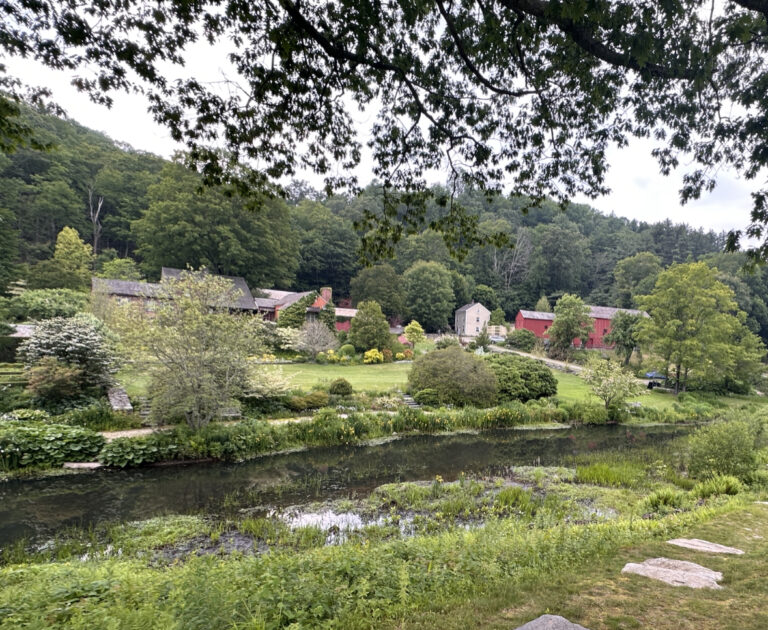I’m never going to have an English garden. It just feels a little bit too perfect for my brown thumb, even though it has some informality to it. Either way, though, they are beautiful gardens, and it’s a delight to get a chance to visit one. I had just that chance recently on a family…
